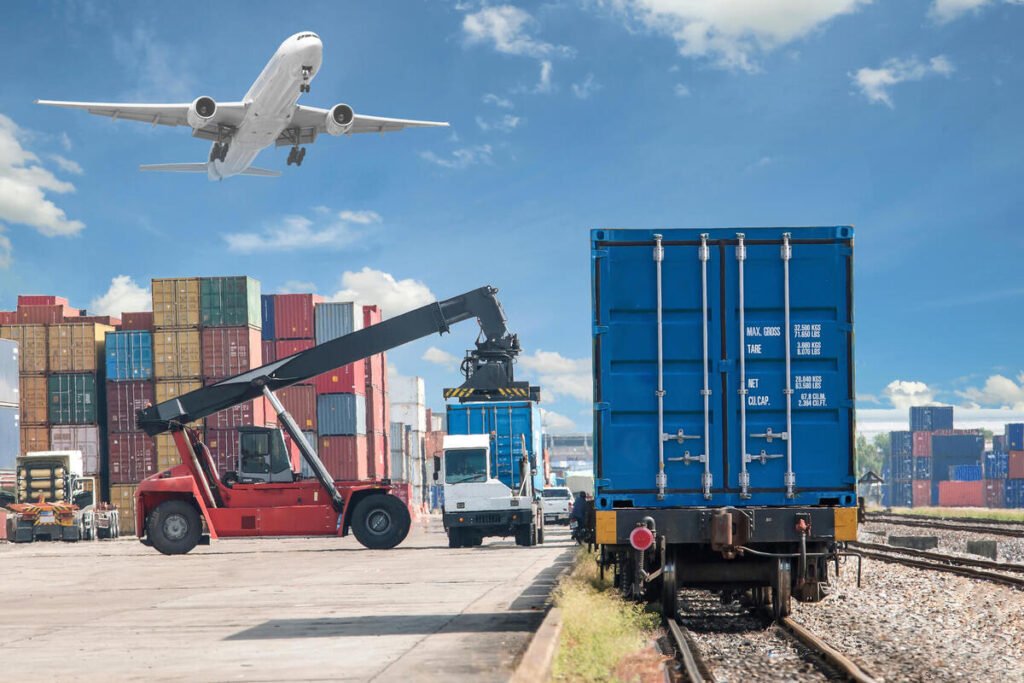
International Transportation Security: Trends and Technologies to Enhance Safety
International transportation is the backbone of global commerce, connecting markets, cultures, and communities. Ensuring the safety of this vast and intricate network is paramount. As threats evolve, so do the measures to counter them. This article explores the latest trends and technologies in international transportation security, highlighting how they enhance safety.
Introduction to International Transportation Security
Security in international transportation encompasses measures and protocols to protect passengers, cargo, and infrastructure from threats such as terrorism, piracy, smuggling, and cyber-attacks. The goal is to ensure the seamless and safe movement of goods and people across borders.
Trends in International Transportation Security
- Integrated Security Systems Integrated security systems are at the forefront of modern transportation security. These systems combine multiple security technologies into a unified platform, allowing for more comprehensive and coordinated responses to threats. For example, airports and seaports are increasingly using integrated systems that include surveillance cameras, access control, and biometric identification to monitor and secure their premises.
- Advanced Screening Technologies The development and deployment of advanced screening technologies have revolutionized the way security checks are conducted. At airports, for instance, body scanners and advanced X-ray machines can detect a wide range of prohibited items, from weapons to explosives, with greater accuracy and speed. Similarly, cargo screening has improved with the use of large-scale X-ray and gamma-ray systems, ensuring that contraband and dangerous materials are identified before they can pose a threat.
- Cybersecurity Measures As transportation systems become more digitized, the risk of cyber-attacks increases. Protecting the IT infrastructure of transportation networks is critical. Recent trends show a significant investment in cybersecurity measures, including advanced firewalls, intrusion detection systems, and real-time threat intelligence. These technologies help protect sensitive data and ensure the integrity of communication and control systems.
- Drones and Unmanned Aerial Vehicles (UAVs) Drones and UAVs are becoming essential tools in transportation security. They are used for surveillance, monitoring large areas, and inspecting hard-to-reach locations. Drones can quickly provide a bird’s-eye view of ports, borders, and other critical infrastructure, making it easier to detect suspicious activities and respond promptly.
- Biometric Authentication Biometric authentication, including fingerprint, facial recognition, and iris scanning, is becoming increasingly common in transportation security. These technologies enhance security by providing a reliable means of verifying the identity of passengers and employees. Airports and border crossings worldwide are adopting biometric systems to streamline security checks and reduce the risk of identity fraud.
Technologies Enhancing Safety
- Artificial Intelligence (AI) and Machine Learning AI and machine learning are transforming transportation security. These technologies analyze vast amounts of data to identify patterns and predict potential threats. For example, AI can monitor passenger behavior and detect anomalies that may indicate a security risk. Machine learning algorithms can also improve the accuracy of threat detection systems, making them more effective over time.
- Internet of Things (IoT) The IoT connects devices and sensors across transportation networks, providing real-time data on various aspects of security. IoT-enabled devices can monitor the condition of cargo, track the location of vehicles, and ensure the security of transport infrastructure. For instance, smart containers equipped with IoT sensors can alert authorities if they are tampered with or diverted from their intended route.
- Blockchain Technology Blockchain technology offers a secure way to track and verify transactions within the transportation industry. It ensures transparency and accountability in the supply chain, reducing the risk of fraud and smuggling. By providing an immutable record of each transaction, blockchain can help verify the authenticity of goods and documents, enhancing overall security.
- Enhanced Communication Systems Effective communication is crucial for transportation security. Enhanced communication systems, such as secure radio networks and satellite communications, ensure that security personnel can coordinate their efforts in real-time. These systems are vital during emergencies, enabling a rapid and coordinated response to threats.
Challenges in Implementing Security Technologies
While these trends and technologies offer significant benefits, their implementation comes with challenges. One of the main obstacles is the high cost associated with deploying advanced security systems. Smaller airports, seaports, and transportation companies may struggle to afford these technologies, potentially leaving gaps in security.
Another challenge is the integration of new technologies with existing infrastructure. Legacy systems may not be compatible with modern security solutions, necessitating costly upgrades and replacements. Additionally, there is a need for ongoing training and education to ensure that personnel can effectively use new technologies.
Privacy concerns also pose a challenge, particularly with technologies such as biometrics and surveillance systems. Balancing security with individuals’ rights to privacy requires careful consideration and adherence to legal and ethical standards.
Future Directions in Transportation Security
The future of international transportation security lies in continued innovation and collaboration. Governments, industry stakeholders, and technology providers must work together to develop and implement effective security solutions. This collaboration can lead to standardized security protocols, making it easier to share information and coordinate responses to threats.
Moreover, as technology continues to evolve, we can expect further advancements in areas such as quantum encryption, autonomous security systems, and predictive analytics. These innovations have the potential to provide even greater levels of security, ensuring that international transportation remains safe and resilient in the face of emerging threats.
Conclusion
International transportation security is a dynamic field that must continuously adapt to address new challenges and threats. By embracing integrated security systems, advanced screening technologies, cybersecurity measures, drones, biometric authentication, AI, IoT, blockchain, and enhanced communication systems, the transportation industry can significantly enhance safety. However, overcoming the associated challenges requires investment, collaboration, and a commitment to balancing security with privacy. As we look to the future, ongoing innovation and cooperation will be key to ensuring the safe and secure movement of people and goods around the world.